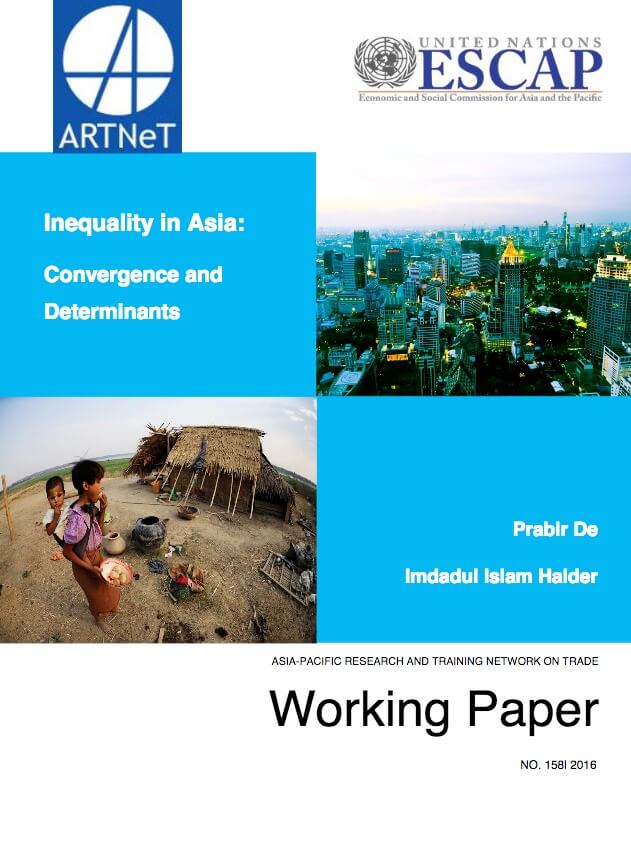Inequality in Asia: Convergence and Determinants

Inequality in its different dimensions may undermine the growth process itself through a number of channels. In this paper we have investigated three major things. First, what is the present scenario of income inequality of the Asian countries? That is whether inequality in these countries is increasing, decreasing or hovers around some threshold level. Second, what is the relation between growth and inequality in context of Asian regions? Third, what are the determining factors of inequality? And finally, we examine the convergence (or divergence) in terms of inequality. Analogous to the concept of (absolute) convergence in terms of growth, a country is said to be convergent if the country has started with high (low) level of inequality but converges to a lower (higher) level gradually in the course of time. This study shows that rising inequality may have been driven by top 10 percent of people in most of countries in Asia. Barring Pacific, remaining regions of Asia show a symptom of an inverted U relationship between growth and inequality. It shows that trade and initial level per capita income are significant determinants of inequality in Asia. Rising inequality calls for better policy formulation not only for removal of within and across countries income gap but also for strengthening economic capacity in Asia.
